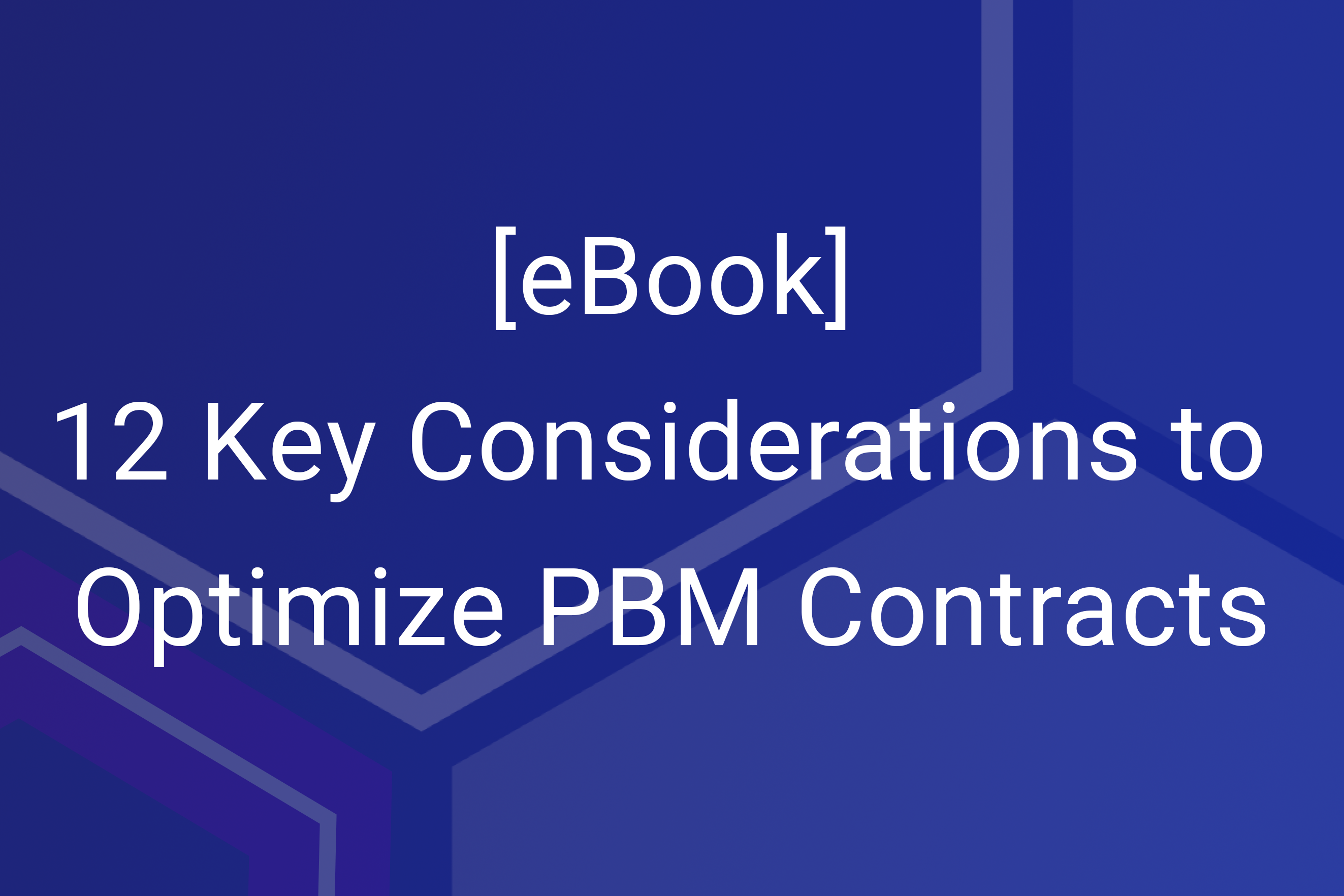When it comes to pharmacy benefits, self-funded plans are struggling to manage rising drug costs. Notably, the cost of specialty pharmaceuticals has been soaring at a rate that’s twice that of all other brand-name drugs. For employers, this presents a daunting task: managing their drug spend in a landscape that is constantly changing.
There is also a major increase in legislative scrutiny regarding a lack of transparency in pharmacy management. The complex nature of pharmacy contracts and rebates can make it challenging for employers to have visibility into how their pharmacy program is performing. Without full visibility into their pharmacy program, employers and their benefits partners are exploring solutions such as narrow formularies and exclusive specialty networks as a means to gain more transparency and control.
What does transparency mean in pharmacy?
For self-funded plans, Truveris defines transparency in pharmacy as having visibility into the discrete components and cost-drivers of your pharmacy program. A truly transparent pharmacy program is one that provides employers with clarity into the full spectrum of their pharmacy contract, not only during procurement, but also on an ongoing basis.
Truveris has identified four innovative strategies employers can implement to achieve transparency in their pharmacy program: (7) Timing of pharmacy contract procurement, (2) Optionality and dynamic competition, (3) Ongoing claims monitoring, and (4) Member engagement tools.
Learn More About Creating Transparency in Pharmacy Programs
Strategy #1: Timing of pharmacy contract procurement
Pharmacy contracts can span anywhere from one to three years, and employers are often prompted to renew their same (or current) pharmacy contract as they near the end date. Starting the pharmacy contract procurement process at least 9 months prior to the implementation date provides employers with the time to properly asses the renewal contract, evaluate other offers, and negotiate with the PBM to bring in the most industry-competitive pricing for the organization and their members.
Strategy #2: Vendor optionality and dynamic competition
Though it may be easier to just renew an existing PBM contract, employers typically find the most savings by soliciting competitive vendor bids across the market. With more vendor optionality during the procurement process, employers can have the opportunity to evaluate different benefit structures and supplier models to understand the most optimal structure for their member population. Creating competition between PBMs through a bidding process, employers can better customize their pharmacy contracts to meet their unique goals and find additional opportunities for deal improvements. Employers can see an average of 20% or more in deal improvements when creating a competitive environment during the procurement process.
Explore Strategies For Transparent Pharmacy Contracts
Strategy #3: Ongoing third-party claims monitoring
In a typical pharmacy program, the PBM is responsible for monitoring claims and reporting on rebates, guarantees, and checking for variances to ensure the program is performing per the agreed upon contract. Even the smallest discrepancy could result in an employer missing out on millions in potential savings. With PBM reporting typically only occurring annually, it can be difficult for employers to proactively address issues before they escalate. Implementing a third-party vendor to monitor 100% of pharmacy claims ensures that the claims are being adjudicated objectively per the employer’s contract terms, and show opportunities to adjust formularies, definitions, or other aspects of the contract over time.
Strategy #4: Member engagement tools
With members seeking more information about their benefits, it is critical that employers provide employees with more visibility into their benefits and costs. Member engagement tools give employees the chance to make informed decisions about their healthcare benefits and support medication adherence. In addition to arming members with the knowledge they need to better navigate their health journeys, the insights from these tools give plans transparency into member behavior and utilization trends, providing actionable ways to improve member outcomes. The various data around how their members are searching for medications can inform future pharmacy plan design.






